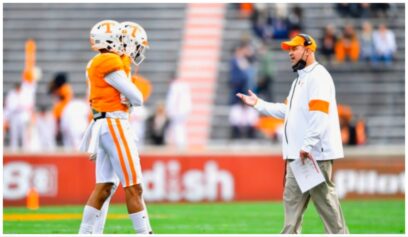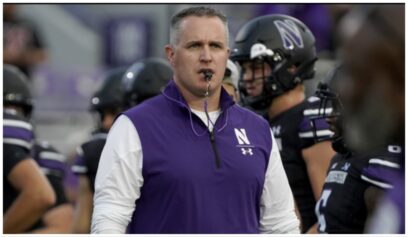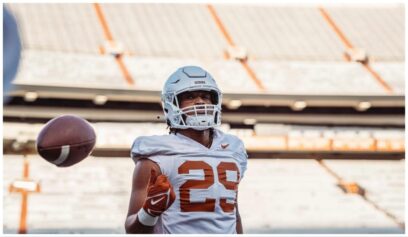This Saturday's game of the week will take place in an unfamiliar venue to many college football fans. It's not a Bryant Denny Stadium in Alabama, nor will it be at Big House in Ann Arbor. This week the spotlight will shine bright at Ryan Field in Evanston, Illinois as the #4 ranked Ohio State Buckeyes will travel to take on #16 Northwestern Wildcats. While not seen as a proverbial football powerhouse, Northwestern has put its stamp on the Big Ten winning eight conference titles since the school's affiliation in 1896.
Northwestern is well respected in the sports world in another area as well. The University's Medill School is known for its strong sports journalism program with notable alumni such as J.A. Adande, Kevin Blackistone, and Michael Wilbon. But well before personalities were discussing sports on a platform such as ESPN, George Jewett was making a name for himself not only as a football player, but as a renaissance man.
George Jewett was the first African American football player at both the University of Michigan and Northwestern University. He played for the Michigan Wolverines as a fullback, halfback, and field goal kicker in 1890 and 1892 and was considered one of school's greatest players in the pre-Fielding H. Yost era. Jewett attended Ann Arbor High School where he was the class valedictorian in 1889. He was also the captain of the debate, football and baseball teams, and was fluent in German, Italian and French.
George Jewett II was, by all accounts, everything one would hope a young man to be. He was smart, accomplished and well-liked. The son of a successful Ann Arbor blacksmith, he enrolled at the University of Michigan in 1890 with plans to become a doctor. While on the field Jewett was the Wolverines' leading rusher, scorer, and kicker. His most impressive performance came in 1892 in a game against Oberlin College and famed coach John Heisman. Jewett scored four touchdowns in the game, including an unopposed 45-yard touchdown run. He was coined "the Afro-American phenomenon of the University of Michigan."
Jewett graduated from Michigan in 1893, but while even being a star of the football team, he experienced resistance in his pursuit of becoming a doctor. And just as he did on the football field, he seemed to never let anything slow him down. In the fall of that year Jewett made the decision to leave for Northwestern and continue his dream. He not only earned his medical degree, he also suited up for the Wildcat football team in 1893 and 1894.
Northwestern had a fairly robust history of African-American participation on their teams in the early era of college football. Hall of famer Fritz Pollard actually tried out for the Northwestern football team in 1912, but he didn’t qualify academically and later wound up at Brown. Still, in 1927 and 1928, Pollard served as a backfield coach for the Wildcats, becoming the first known African-American assistant coach in the Big Ten. Two other notable African-American pioneers of Northwestern football include James Turner, one of the first 13 black players in the NFL, from 1918 to 1920 and Bernie Jefferson, who helped the Wildcats to a Big Ten title and later flew with the Tuskegee Airmen, from 1936 to 1938.
#RESPECT to George Jewett and to Northwestern University.
Note: The next black player to play for Michigan did not occur until Willis Ward in 1932. (40 years after Jewett).



